A review of the Blackview Hero 10, a folding phone that costs less than half the price of the Galaxy Z Flip 6. But is it worth its price, and what are the compromises?

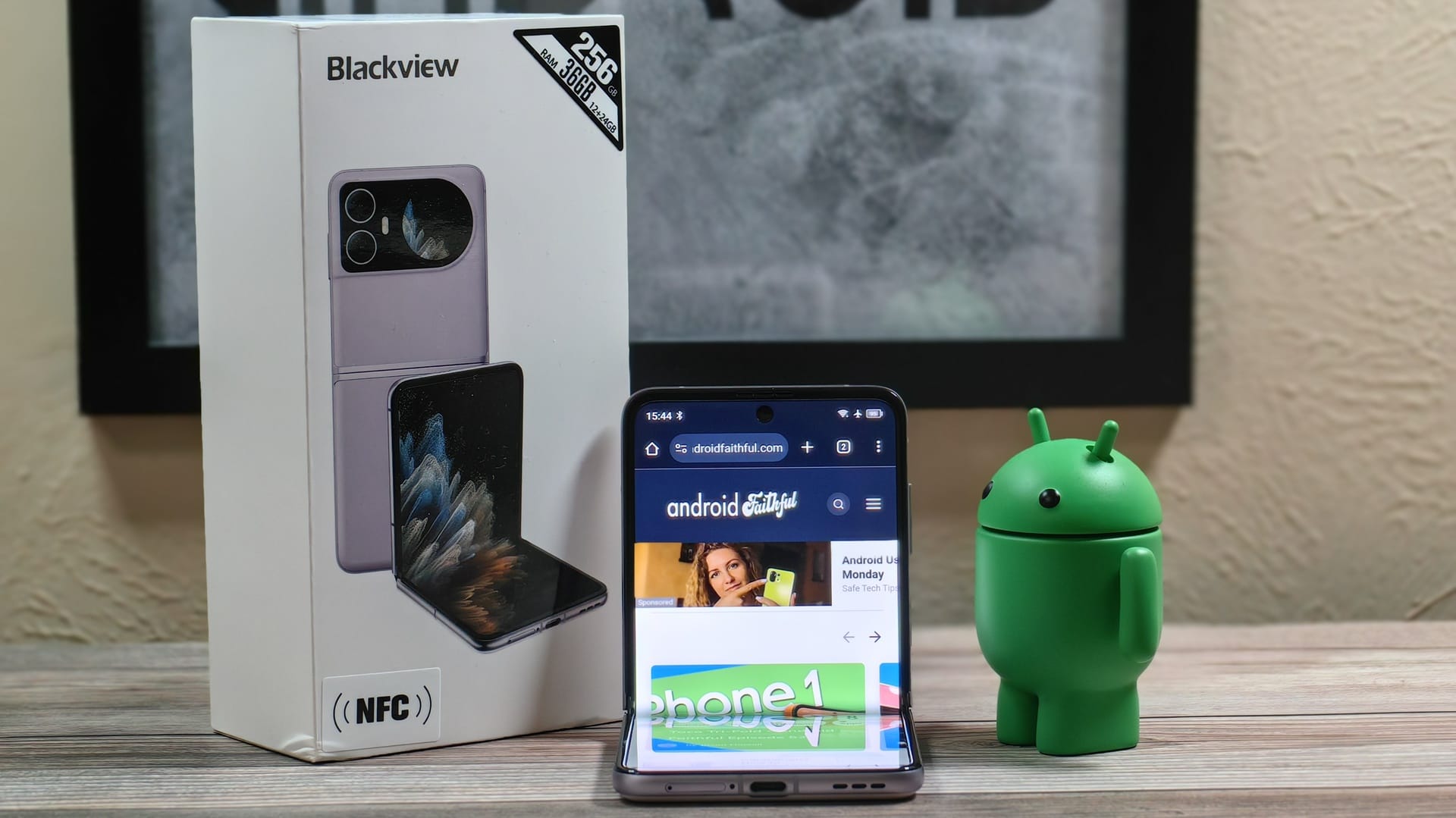
Foldable phones, since their inception, have generally been much more expensive than regular slab phones. It's been 5 years since Samsung announced its first-gen Galaxy Fold, and that's still generally the case. The company's latest Galaxy Z Flip 6, for example, demands $1,099 at retail, pricing it alongside many ultra premium slab phones. But what would a folding phone that costs less than half the Galaxy Z Flip 6 look like? What shortcomings and compromises, if any, would it have to reach that price point? That's what I set to find out when I received the Blackview Hero 10 for review at the end of May.
If you haven't heard of Blackview before, I don't blame you. They're a relatively lesser known consumer electronics brand that sells their products almost exclusively online. They've actually been making Android phones and tablets for a while now, though their products have mostly been ruggedized, durable devices. The Hero 10 is thus quite the departure in norm for Blackview and brings up a lot of questions such as: "Where did they source their folding hardware, and who is the ODM?" These are questions I'm interested in because to date, folding phones have been the domain of the premier smartphone brands, so the Hero 10's existence means the parts that comprise foldables (the folding display and the hinge) are finally becoming really cheap.
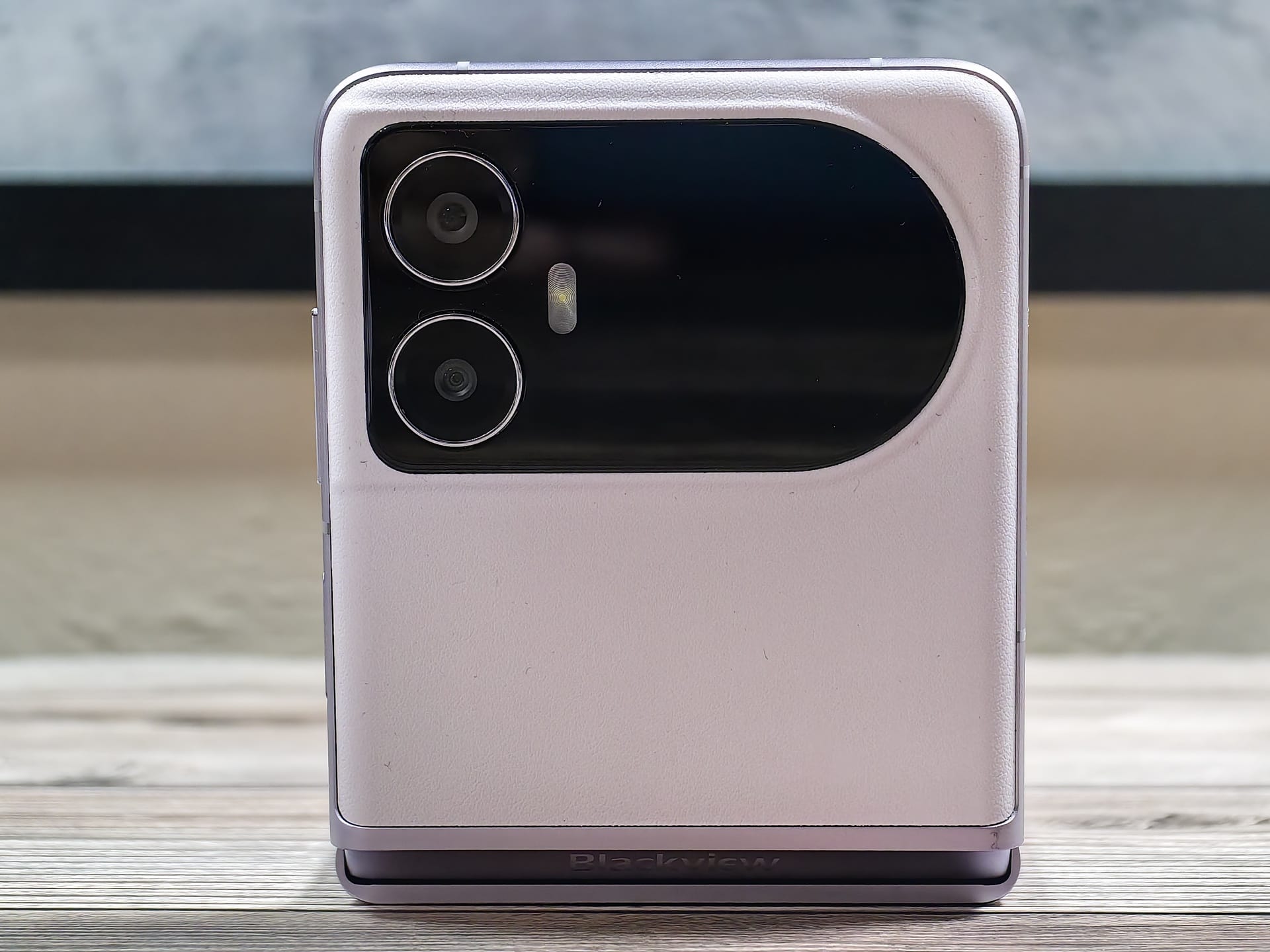
But of course, not all smartphone components are the same, so there's no way a ~$352 (!) foldable phone will perform the same as a $1,099 one, right? Clearly, one peek at the specs sheet will show where the Blackview Hero 10 will fall short compared to the much pricier Samsung Galaxy Z Flip 6, but a specs table doesn't tell the whole story.
| Model | Blackview HERO 10 |
| Color | Sakura Purple/Eclipse Black |
| Dimension | 75.47*168.99*8.08mm (when unfolded) 75.47*87*16.25mm (when folded) |
| OS | DokeOS 4.0 Based on Android 13 |
| Screen | 6.9-inch AMOLED display, 2560*1080 resolution; 94.3% Screen-to-Body Ratio; 1.19-inch OLED cover screen, 390*390 resolution |
| Processor | MediaTek Helio G99, Octa-core, 6nm |
| RAM & ROM | 12GB, LPDDR4X + 256GB ROM, UFS2.2 |
| RAM Expansion | 24GB |
| Front Camera | 32 MP |
| Rear Camera | 108 MP(Samsung® ISOCELL HM6)+120° Ultra-wide 8 MP |
| Battery | 4000mAh (2700mAh+1300mAh), 45W Fast Charge |
| NFC | Support |
| Face Unlock | Support |
| Navigation | GPS+Glonass+Beidou+Galileo |
| Card Slots | Dual Nano SIM |
| Connectivity | Wi-Fi spec: IEEE802.11 a/b/g/n/ac GSM spec: B2/B3/B5/B8 3G spec: B1/B2/4/B5/B8/BC0/BC1/BC10 LTE spec: B1/B2/B3/B4/B5/B7/B8/B12/B17/B18/B19/B20/B26/B28A/B28B/38/40/41/B66 |
For its price, the actual folding hardware within the Blackview Hero 10 is very nice. The phone feels great to hold in hand and the hinge angles can vary a good amount. Not as much as the Galaxy Z Flip 6, mind you, but enough of the viewable angles are covered.
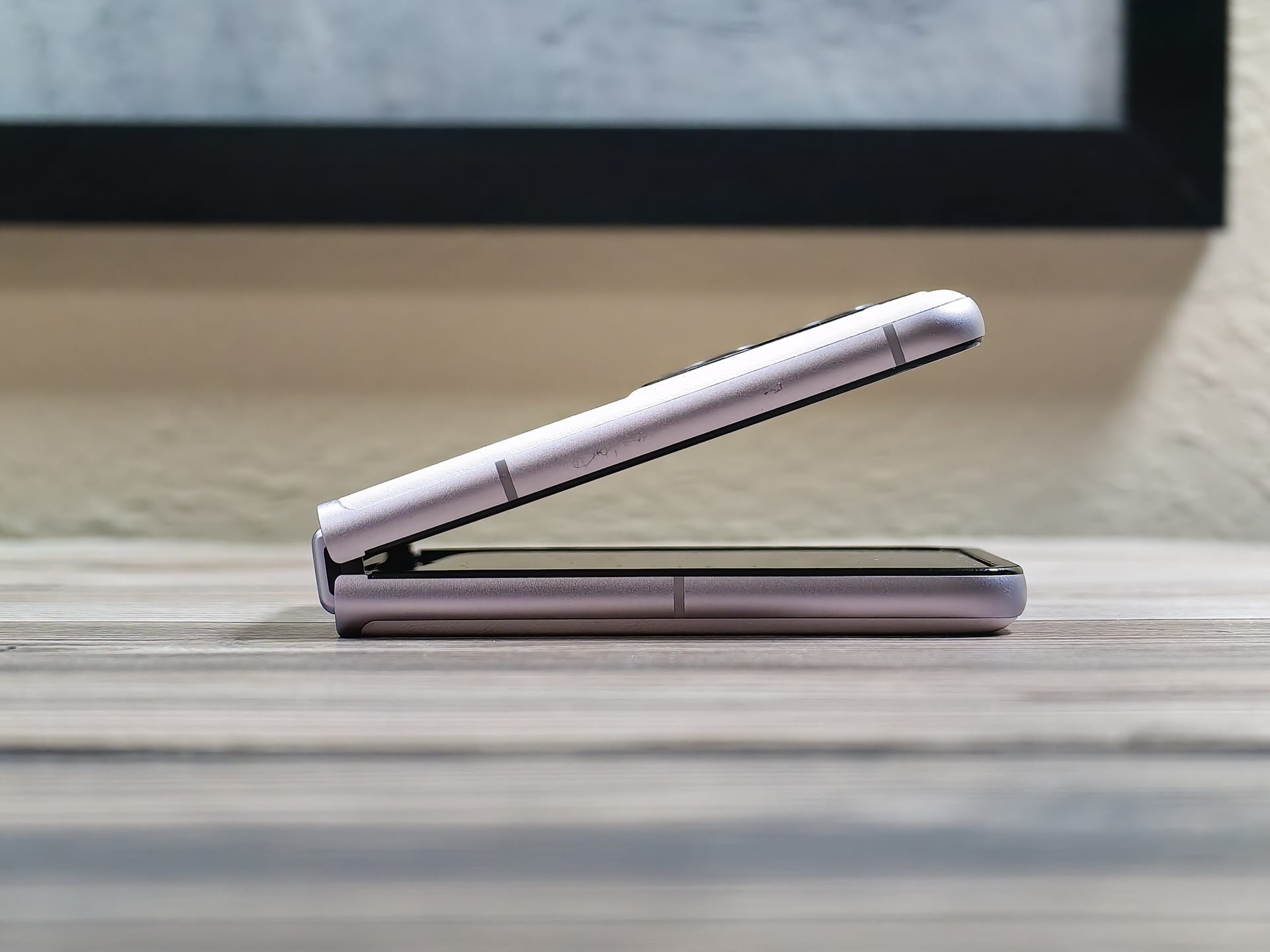
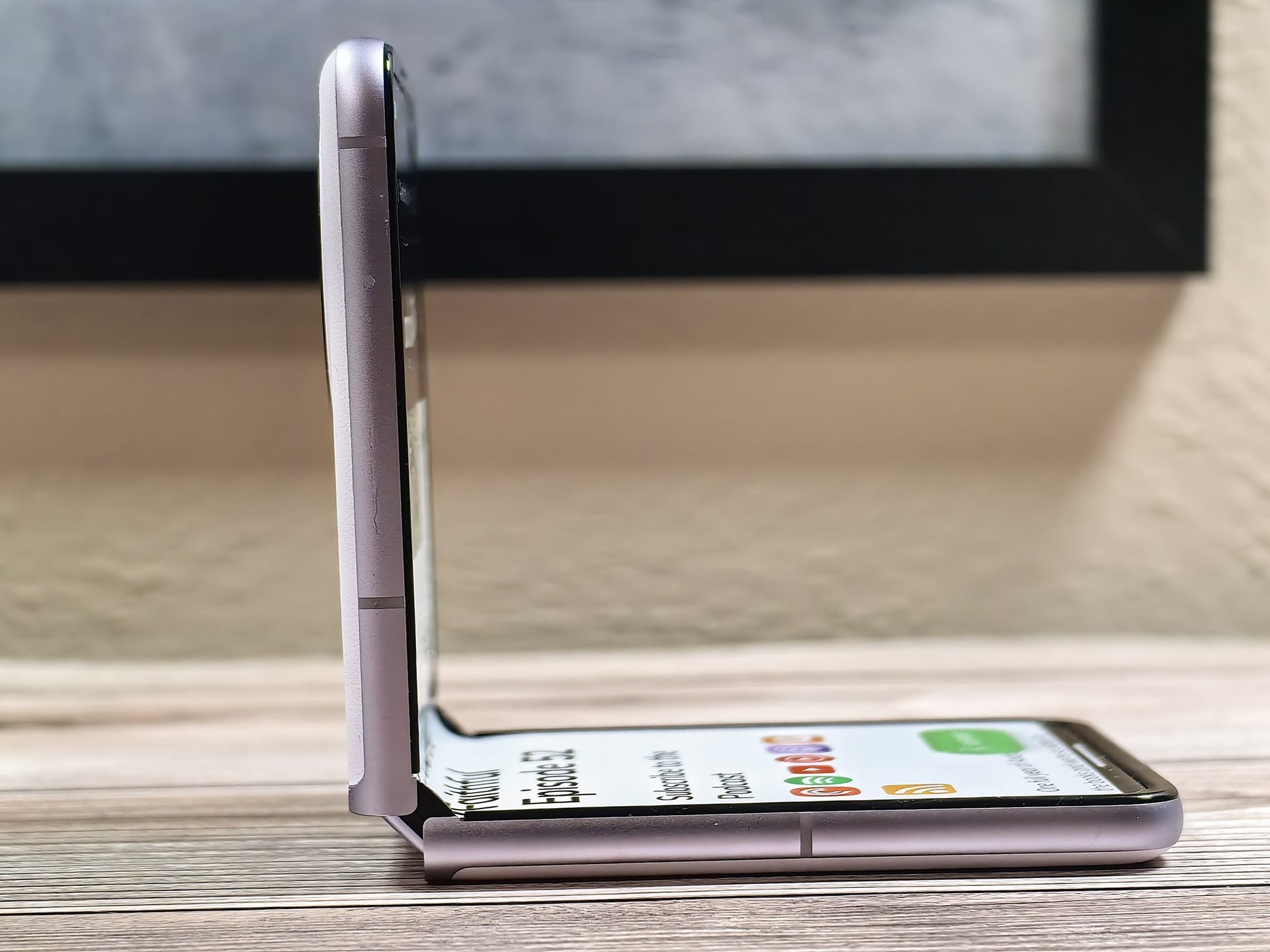
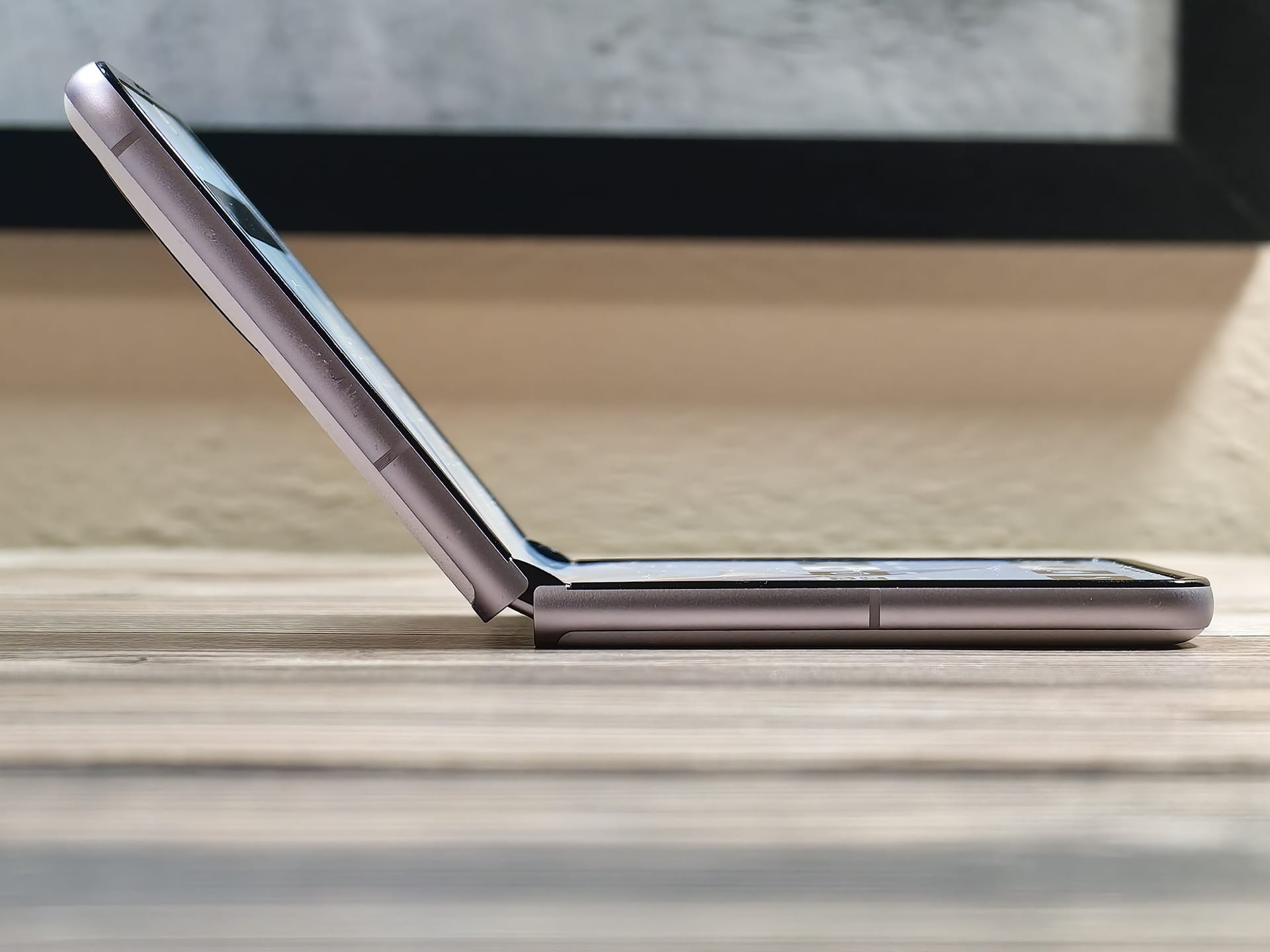
The Blackview Hero 10 at various angles.
The crease is one of those aspects of folding phones that still hasn't been "solved," though some vendors have come close to making it a nonissue. The crease on the new Galaxy Z Flip 6, for example, is close to invisible unless you look at it from an extreme angle. The Blackview Hero 10's crease isn't invisible, but it also isn't too bad.
Depending on the color of the content underneath the crease and the angle of the surrounding lights, you can still see the crease even when looking dead-on at the Blackview Hero 10. And when the phone is lying face up on your lap or on a table, it's especially noticeable. I didn't really have a problem with the crease's visibility most of the time, though. What I did dislike is how tactile it is: You can definitely feel the bump where the crease is when you run your finger over it. That's true for all folding phones, of course, but it's smaller or smoother on some others. At this price point, though, I can't really complain.
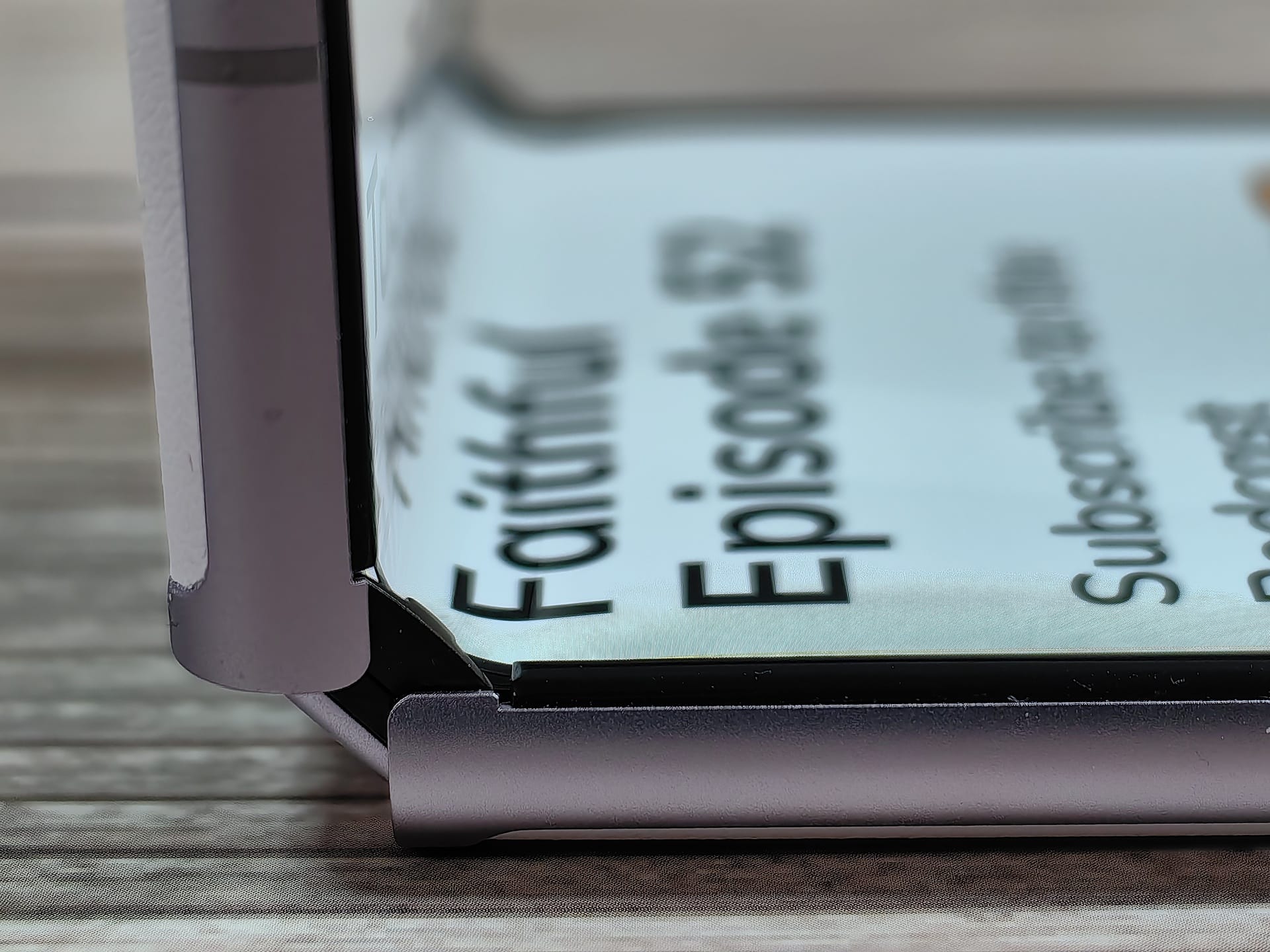
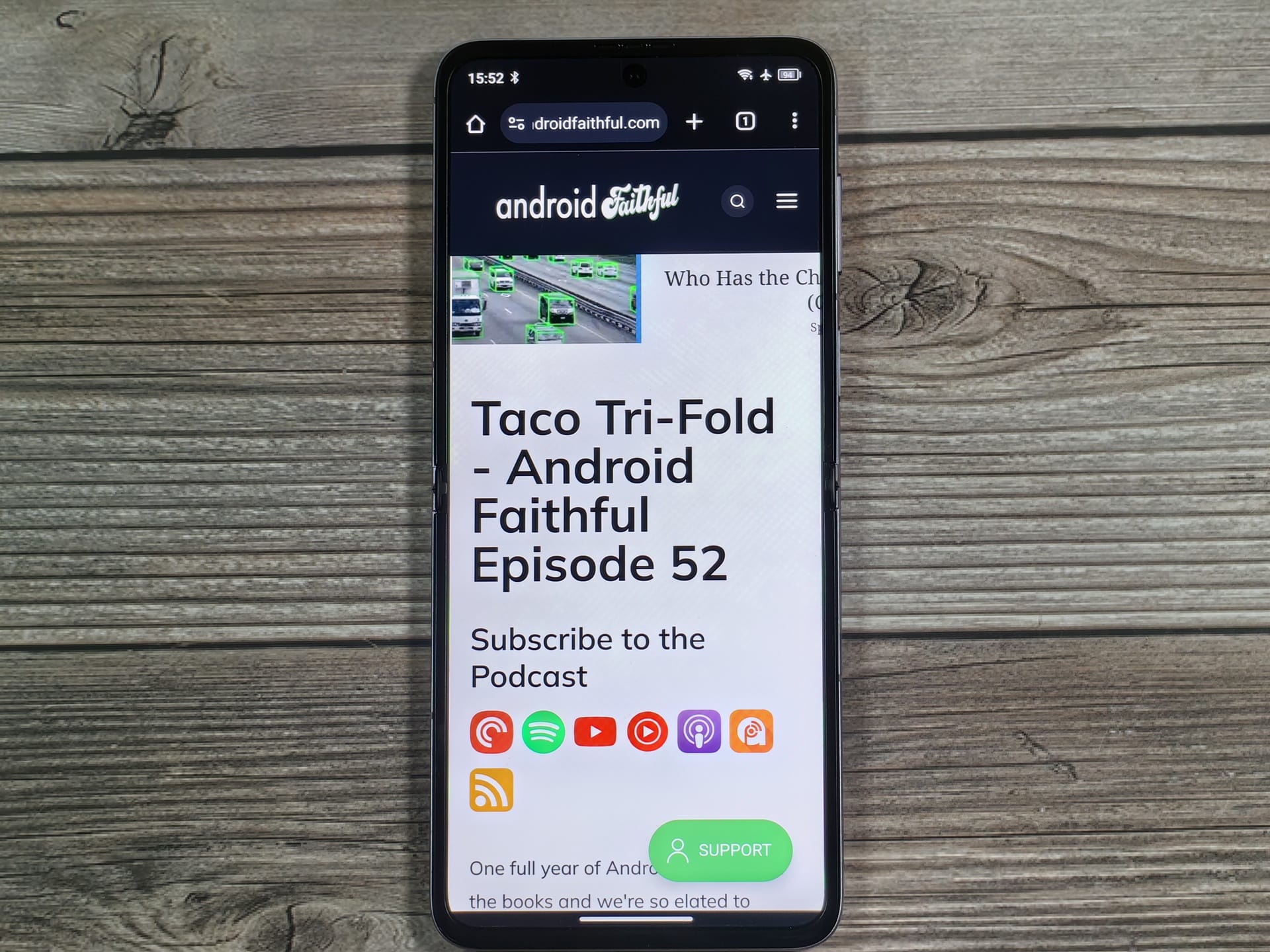
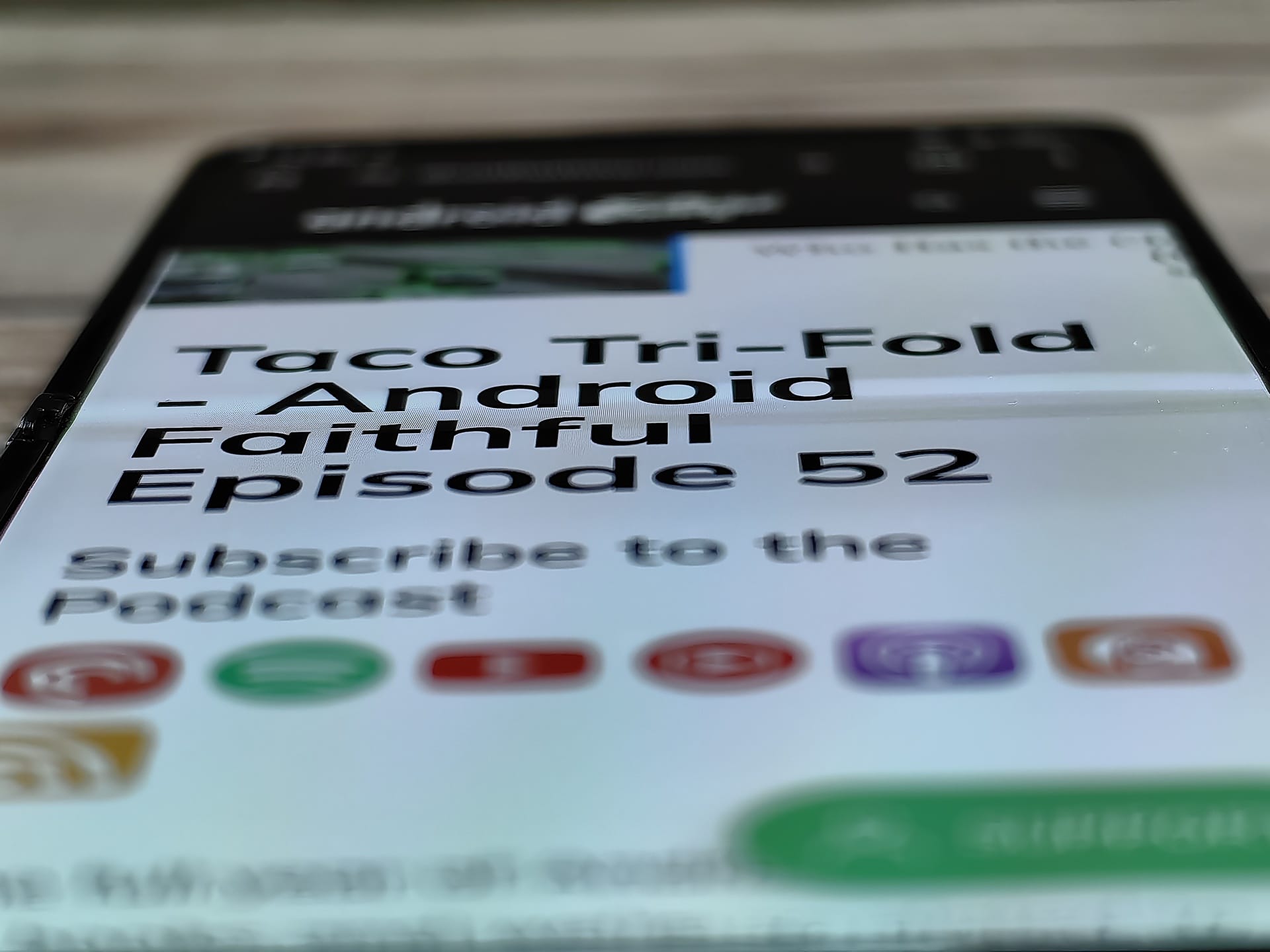
Looking at the crease of the Blackview View 10.
I also can't complain about the overall design of the Blackview Hero 10, because the company actually did a great job at making this phone at least look premium. It has a nice faux leather back that feels quite grippy in my hand and also looks great in Sakura Purple. Sadly, it's prone to picking up quite a bit of dust and dirt, so you have to be careful with where you place the phone down. Fortunately, Blackview generously includes a hard plastic lavendar-colored case with the phone, which is less prone to picking up dirt.
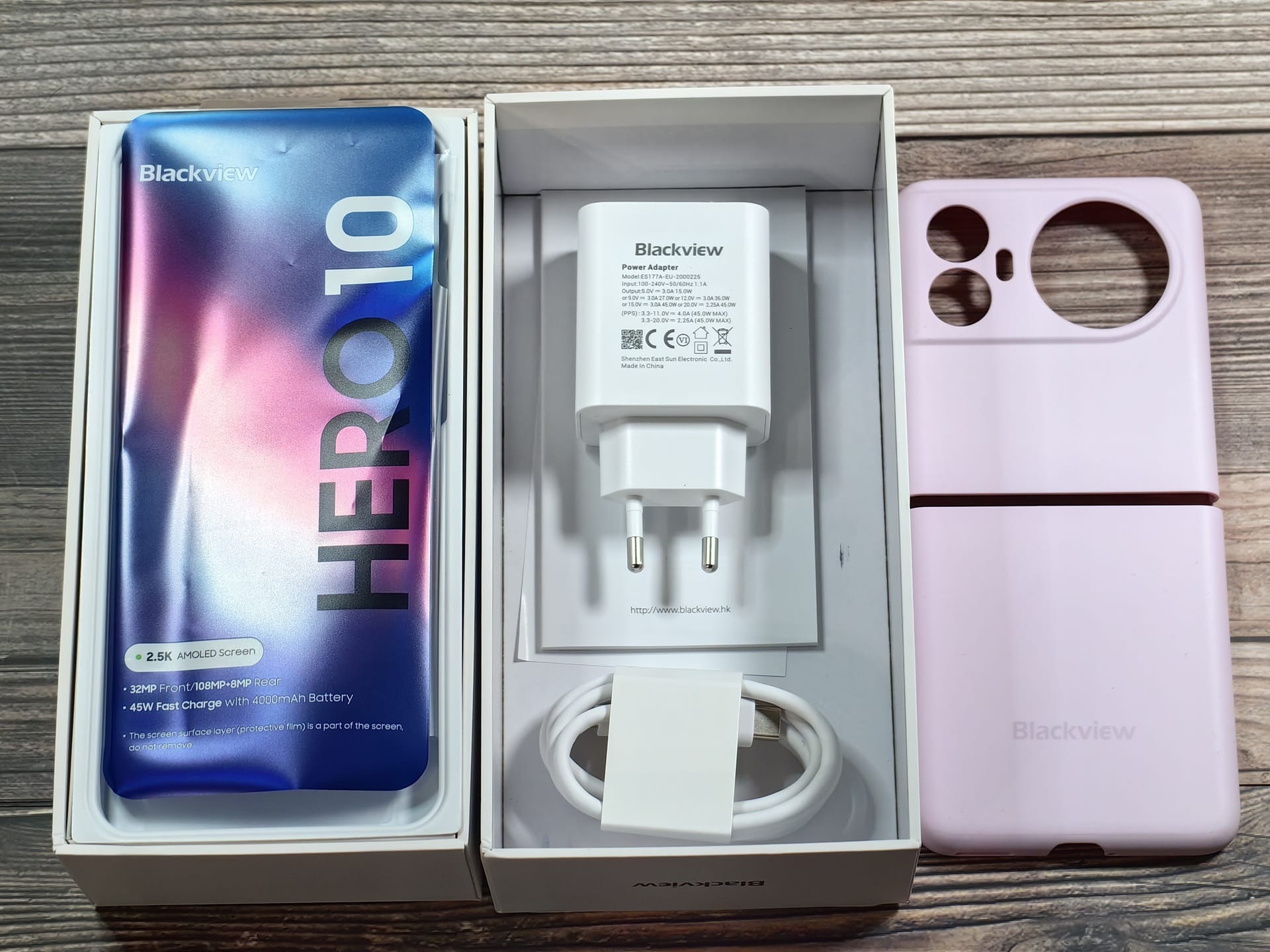
Speaking of which, the Blackview Hero 10 also comes with a charging brick and USB-C to USB-C cable. Plenty of phones, including Samsung's Galaxy Z Flip 6, don't ship with a charging brick anymore, so that's nice to have. The charger supports up to 45W USB-PD PPS charging, which Blackview says brings the phone from 0 to 48% in 20 minutes.
Also nice is the screen on the Blackview Hero 10, at least in terms of appearance. While it's not the best calibrated display on a foldable, it's still a pretty vibrant, high-resolution AMOLED display that gets quite bright. And at 6.9" diagonally when unfolded, it's more than big enough to watch movies or play games on. Though there are two things I wish were better about it: Scrolling and refreshes.
The screen in general doesn't feel great to scroll on, almost as if there's a slight delay in inputs. Looking closely, there seems to be a factory-applied screen protector that I think makes the screen feel mushy, but Blackview warns not to remove it so I didn't. What makes this worse for me is the fact that the screen is only 60Hz, so coming from flagship phones that are 120Hz or higher, the difference in fluidity is immediately noticeable. Given that this phone is less than $500, though, there's bound to be a lot of folks who are okay with 60Hz displays, though, so I won't knock the Hero 10 too much on that.
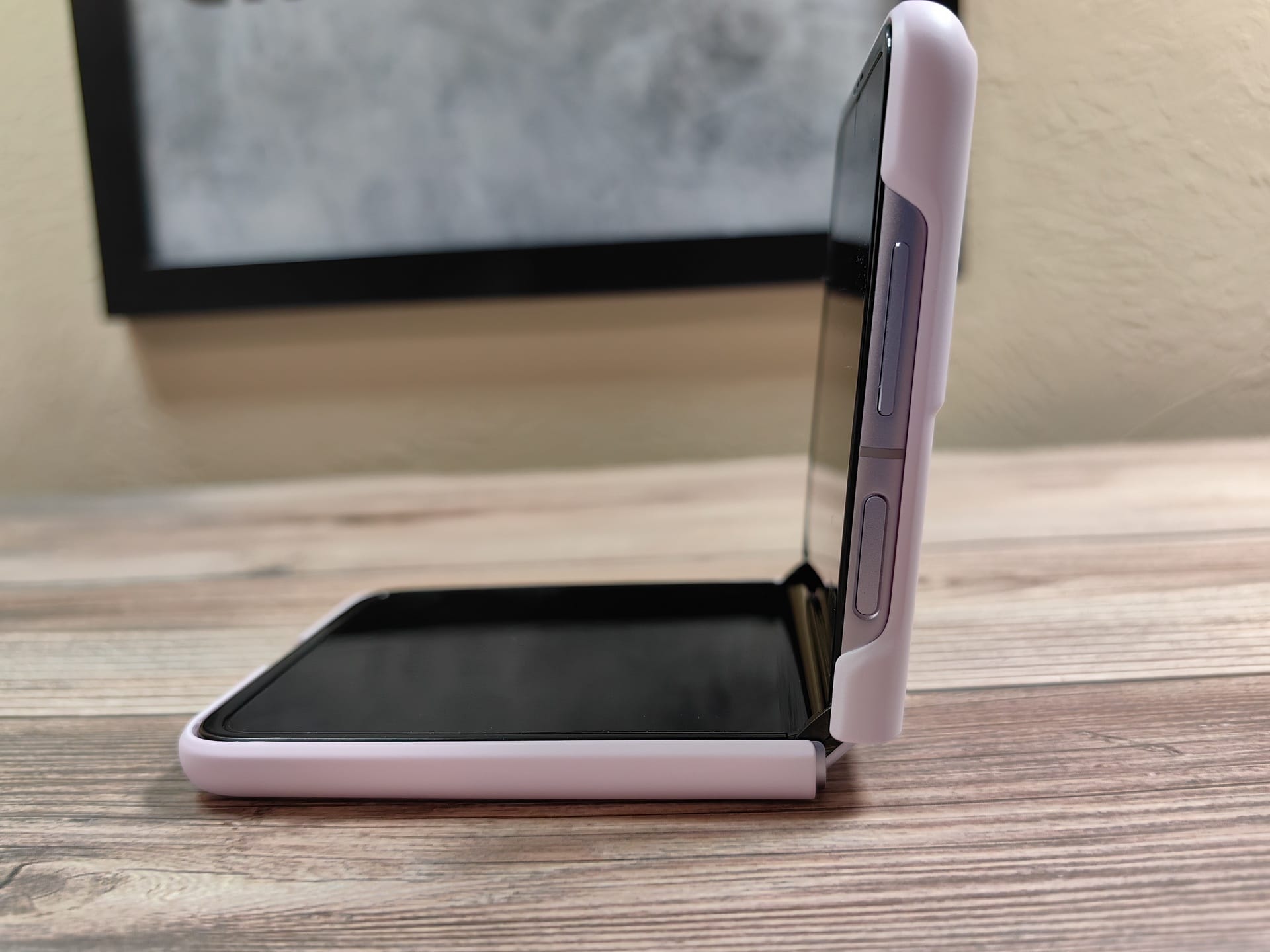
What I will knock the phone on is its haptic motor, because it's just bad. Vibrations feel very mushy and unpleasant. I'm not a stickler for haptics, but there's a certain performance threshold where below it it actively detracts from the experience, and the Blackview Hero 10 is below that bar. Again, this is common in phones at this low of a price point, though, so I understand why this is an area where they skimped out on.
Fortunately, one area where the company says they didn't skimp out on is in durability. Blackview claims the Hero 10's hinge can survive 250,000 folds. Given that Google's foldable device testing program and requirements mandates that foldable devices survive at least 200,000 folks, this figure isn't too surprising, but it remains to be seen whether the device can actually last that long. If it doesn't, then how good will Blackview's aftersales support or repair parts availability be? Probably not anywhere near as good as Samsung's, but given how cheap the Hero 10 is, does that matter?
While the folding hardware and design of the Blackview Hero 10 are very impressive, things start to unwind when you unfold the device and actually start using it. First of all, Blackview chose to use MediaTek's Helio G99 chipset, which is fine for most people in day-to-day tasks but notably does not support 5G connectivity, which is table stakes at this point. On the flip side, Blackview paired the phone with a whopping 12GB of physical RAM and 256GB of storage, which is a decent amount for a device at this price point. (Sidenote: Blackview is doing the thing where they use some of the phone's storage as memory, ie. swap, and thus advertises the phone as having "25GB" of RAM.)
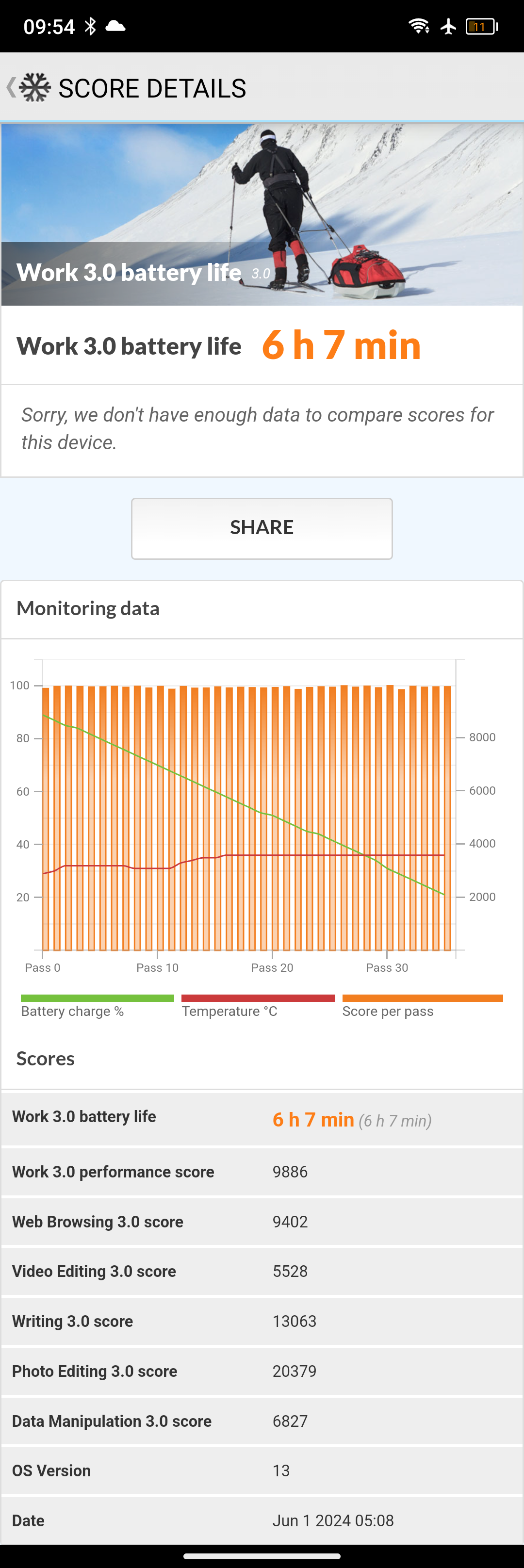

In benchmarks, the phone performs as you'd expect for a low-end chipset. Its battery life backup is quite decent, benchmarking at a little over 6 hours in PCMark's Work 3.0 test.
The cameras appear to be where the company compromised the most. While on paper they should be impressive - the main camera is a 108MP Samsung ISOCELL HM6 joined by a 32MP front-facing camera - they leave a lot to be desired. Take a look at some of the photos I snapped with the Blackview Hero 10. As you can see, photos are either overexposed, oversharpened, lacking in detail, or all three, even when under well-lit conditions. The camera is good enough to take a Google Meet call in (I used it for one of our monthly meetings), but that's about it.
While I'm on the topic of Google Meet, I have to mention that it's actually quite convenient to be able to prop the phone up on a table in "tabletop mode" during video calls. I used quotes around "tabletop mode" because the phone doesn't actually have one, as it doesn't seem to have a hinge angle sensor, at least not one that reports any values to third-party apps. That means while some apps like Google Meet look fine because their UI is already split down the middle, apps like YouTube can't enter tabletop mode, wherein the video is shown in the top half and the controls at the bottom. Even the stock camera app doesn't automatically enter tabletop mode when you fold the device halfway; instead, you have to tap a button in the app to split the screen.
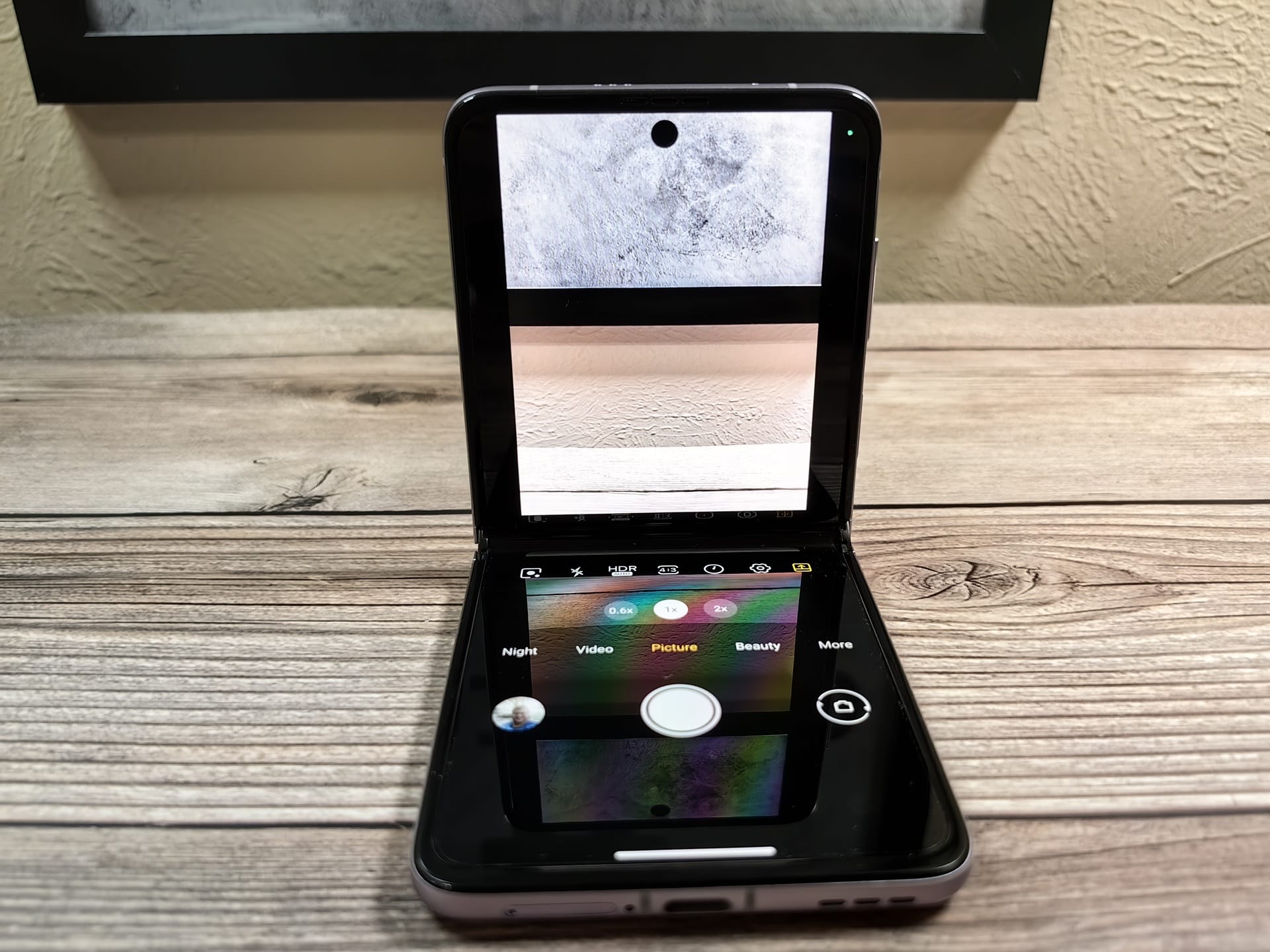
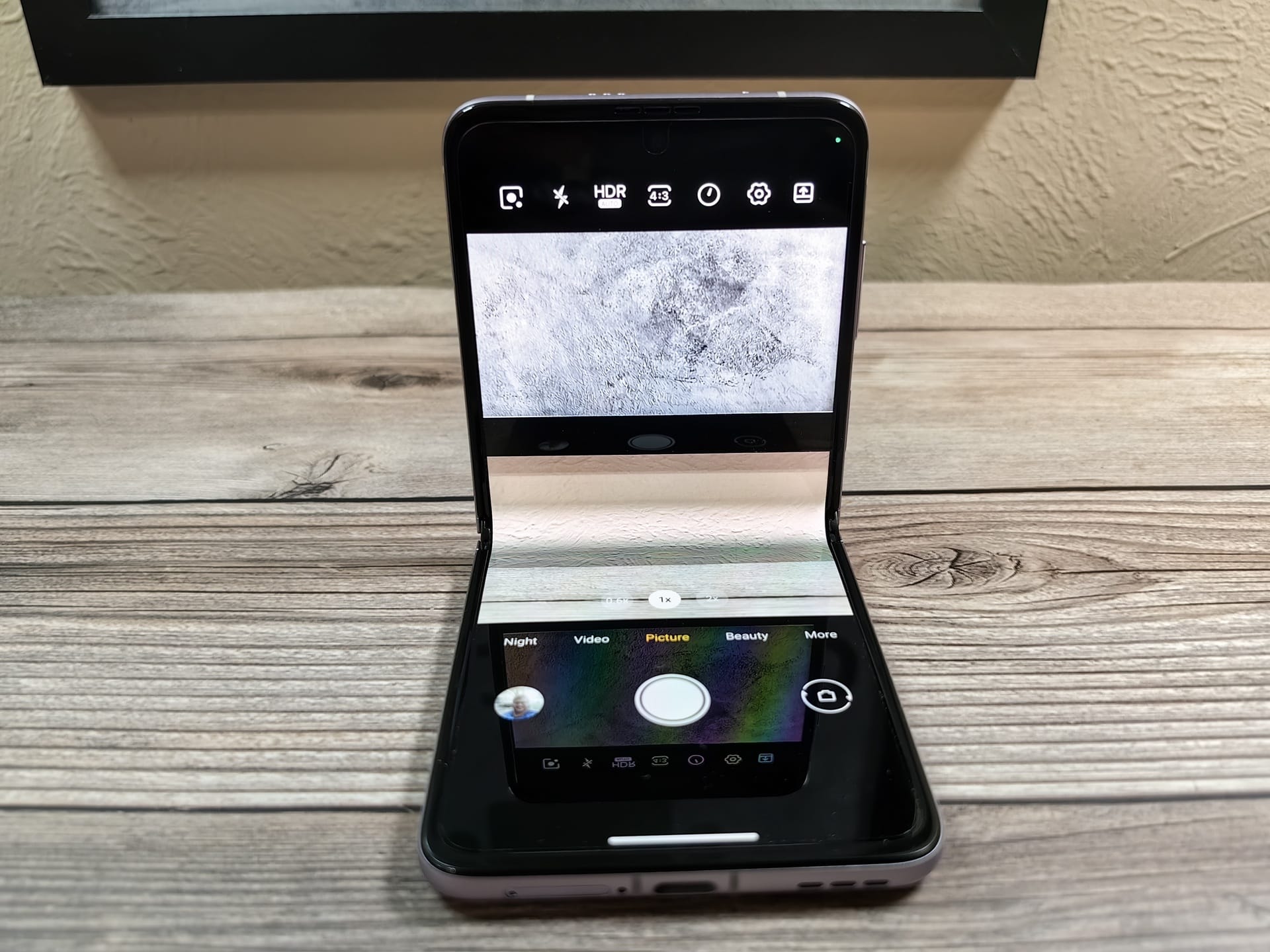
Blackview Hero 10 camera app
The software issues don't end there. When you enter split-screen mode, for example, the midpoint isn't where the hinge is. There's poor English localization throughout the UI, misspelled words, clipped text, and missing features. For example, although the device runs Android 13, none of Blackview's system apps support Material You theming. They don't even support themed icons despite the launcher having a toggle for it.
To Blackview's credit, though, there are some good things in "DokeOS 4.0." It ships with a lot of optional Google apps like the variant of Android System Intelligence that supports Live Captions, Google's Personal Safety app, and Google Photos as the default gallery. Unfortunately, it has a ton of apps preloaded by default that are all worse than their Google counterparts, and you can't even uninstall them.
Perhaps the best feature of "DokeOS 4.0," though, is its "BackScreen" display menu, which lets you add some widgets to the cover screen. Did I mention the Blackview Hero 10 has a cover screen? It's nowhere near as big as the one on the Samsung Galaxy Z Flip 6, but it's large enough for you to see some information like your recent notifications (albeit only partially), control your music, see the weather, and even take pictures. The last one would've been better if you could keep the cover screen camera view active when the phone is half unfolded, but at least you can take selfies at arms length using the volume keys.
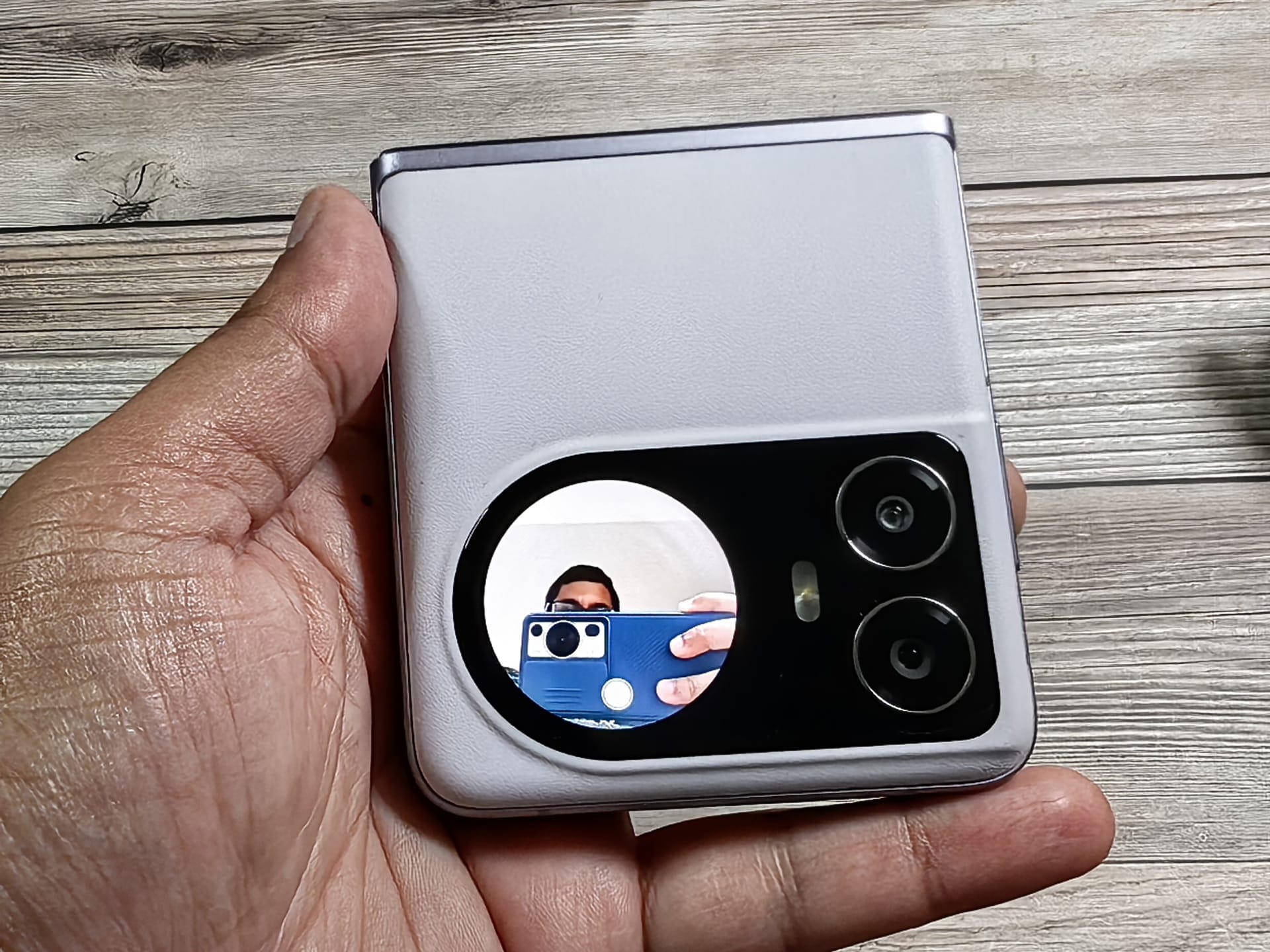
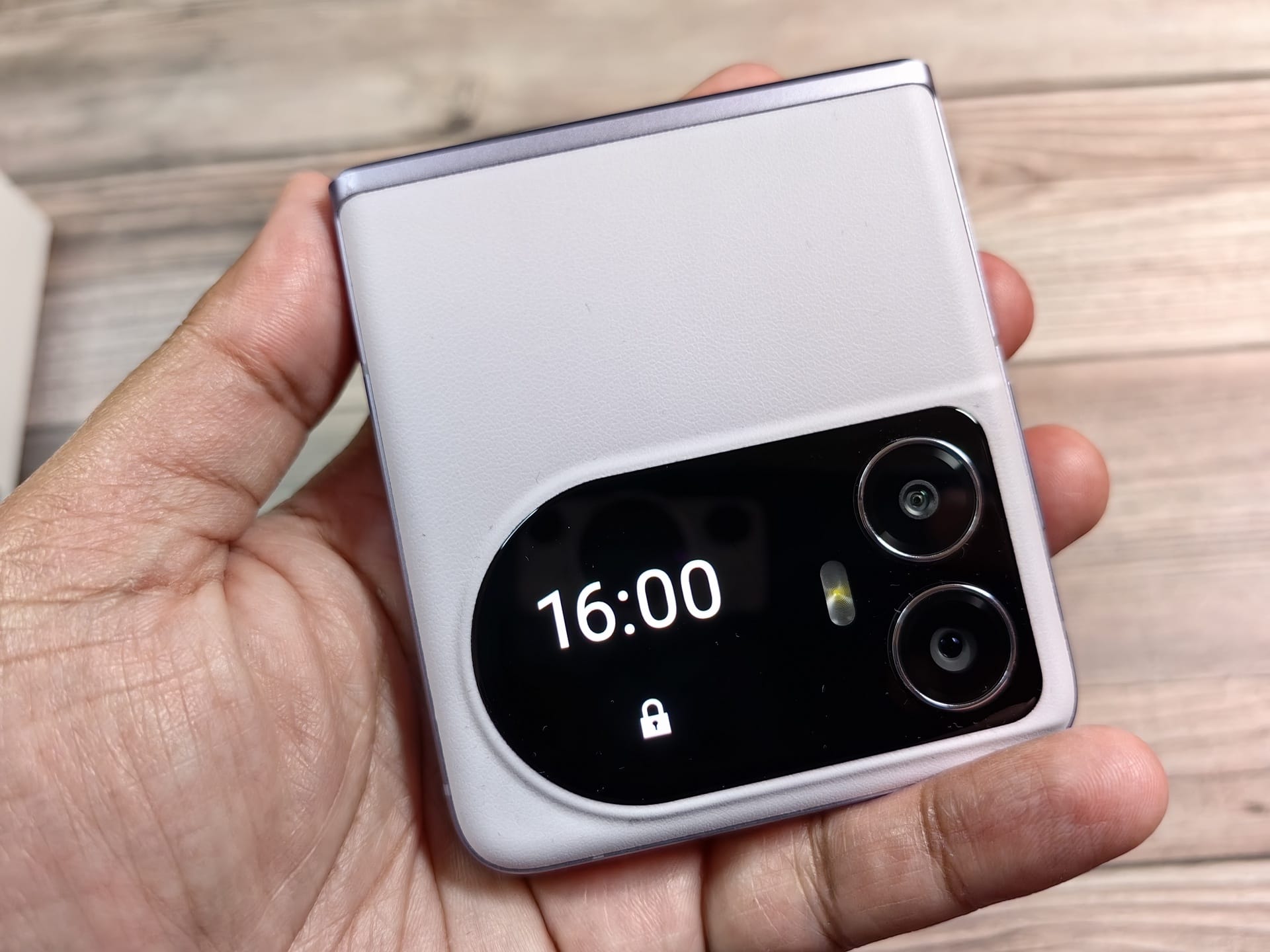
Cover screen of the Blackview Hero 10
The cover screen by default only shows the time, date, and battery life but you can swipe inward from the right to show the media player, fitness stats, current weather, and the camera. It's basically like a mini smartwatch, so it's no surprise you can't run full apps on it.
So to answer the question in the title: by compromising on the cameras and software. Given that one of the main attractions of clamshell folding phones is their selfie taking prowess, it's tough to recommend the Blackview Hero 10 versus other folding phones in this category. However, at its really low price of ~$351 right now, it's hard to complain about its shortcomings.
The actual hardware outside of the cameras is stellar for the price, and many of the software issues are me complaining about a lack of polish or a lack of apps that take advantage of the folding hardware. These software issues can be overlooked given this price point, especially so if they get fixed in future software updates. (Blackview says the Hero 10 will get 3 OS updates, and that the Android 14 OTA is coming soon.)
I look forward to revisiting this device on the Android 14 update is available. If you're interested in buying the Blackview Hero 10 after reading this review, you can pick it up from either Blackview's website or Aliexpress. Use coupon code 07GD50 at checkout on Aliexpress to knock $50 off, bringing the price down to the $351 figure I've been mentioning.